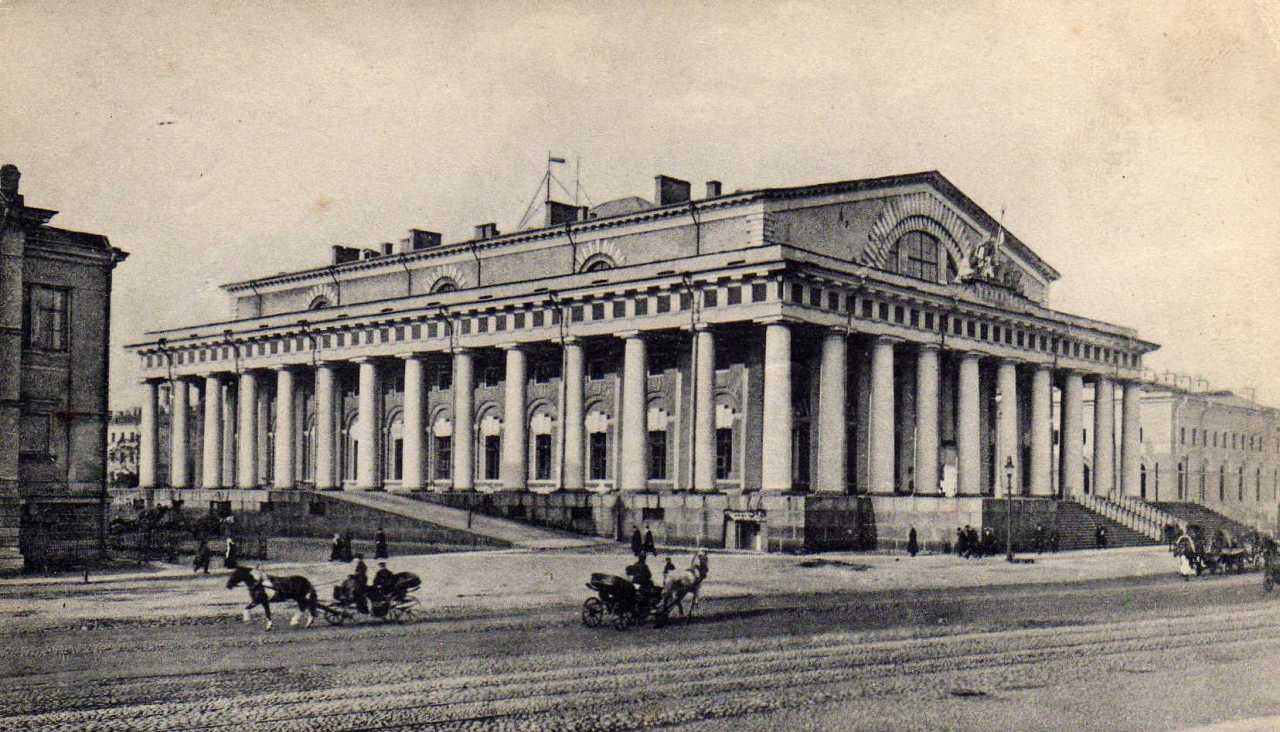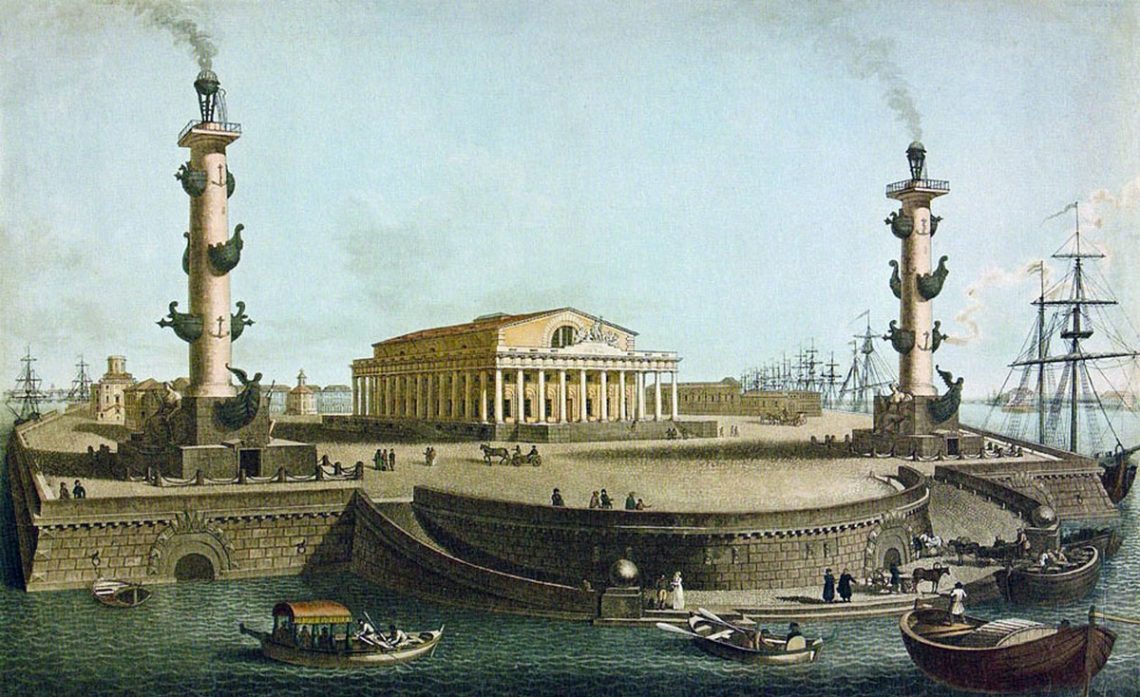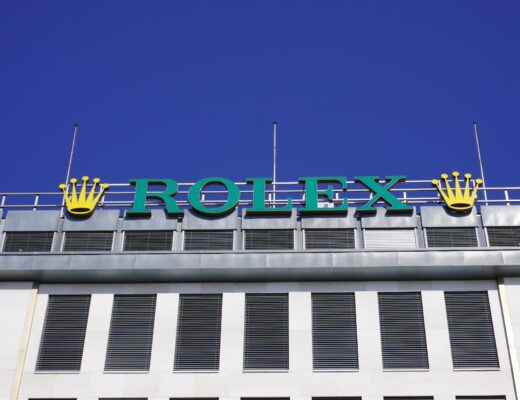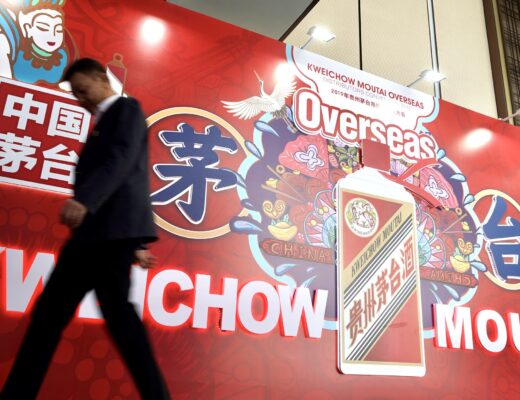The first trading floors in many countries were fairs, which gave an impetus to the emergence of the exchange market. Trade between merchants and craftsmen laid the foundation for business relations. The Russian stock exchange market emerged in the 18th century, although its prerequisites were still there.
How the Russian stock market developed until the 20th century
The center of trade in Russia was Great Novgorod where merchants from different regions gathered, but after the route of the city in the 17 century, such business meetings were transferred to Moscow.
It took a century for the first official stock exchange to appear in Russia in 1703. Its creation in St. Petersburg was ordered by Peter 1. The basis for the new trading floor was Amsterdam. At first, after the organization of the exchange, merchants held fees at Troitskaya Square, and two years later the building for the exchange was erected. It was located on Vasilyevsky Island. Merchant fees for bidding were carried out strictly according to the specified time. Initially, the exchange was exclusively commodity, but when interest money appeared in Russia, it was offered to conduct stock transactions. At the same time, the securities were regarded as a commodity type. It was only in the 19th century that securities from private companies began to take part in trading. In the early 20th century, commodity and stock exchanges were separated, although operations were carried out in the same room.
This exchange has been the only trading floor in Russia for almost 100 years. Here were sold a nd bought bills of various state manufactures, which were engaged in the needs of the army and served the fleet. There were no other ways for the exchange to function at that time.

The Decree on construction of the Moscow Stock Exchange was approved in 1789. But various factors and wars slowed down the creation of the exchange. Exchanges were already opened in Odessa, Poland, which contributed to the expansion of trade relations. Therefore, in 1837, the Moscow Stock Exchange was created, and after such institutions appeared in other Russian cities.
During the period of serfdom, banking activities were owned by state and joint stock commercial organizations. There were no credit institutions or financial companies not related to banking activities at that time, which impeded the improvement of the Russian stock market.
The impetus for development was the abolition of the serf system. After 1861, industrialization processes accelerated, and with it, the volume of investments increased. The empire was experiencing intensive economic growth, and joint stock companies began to appear in large numbers. The stock exchanges traded in securities, which could be purchased by almost any person. This was the case until the world crisis in 1869 and the development of the stock market slowed down.










